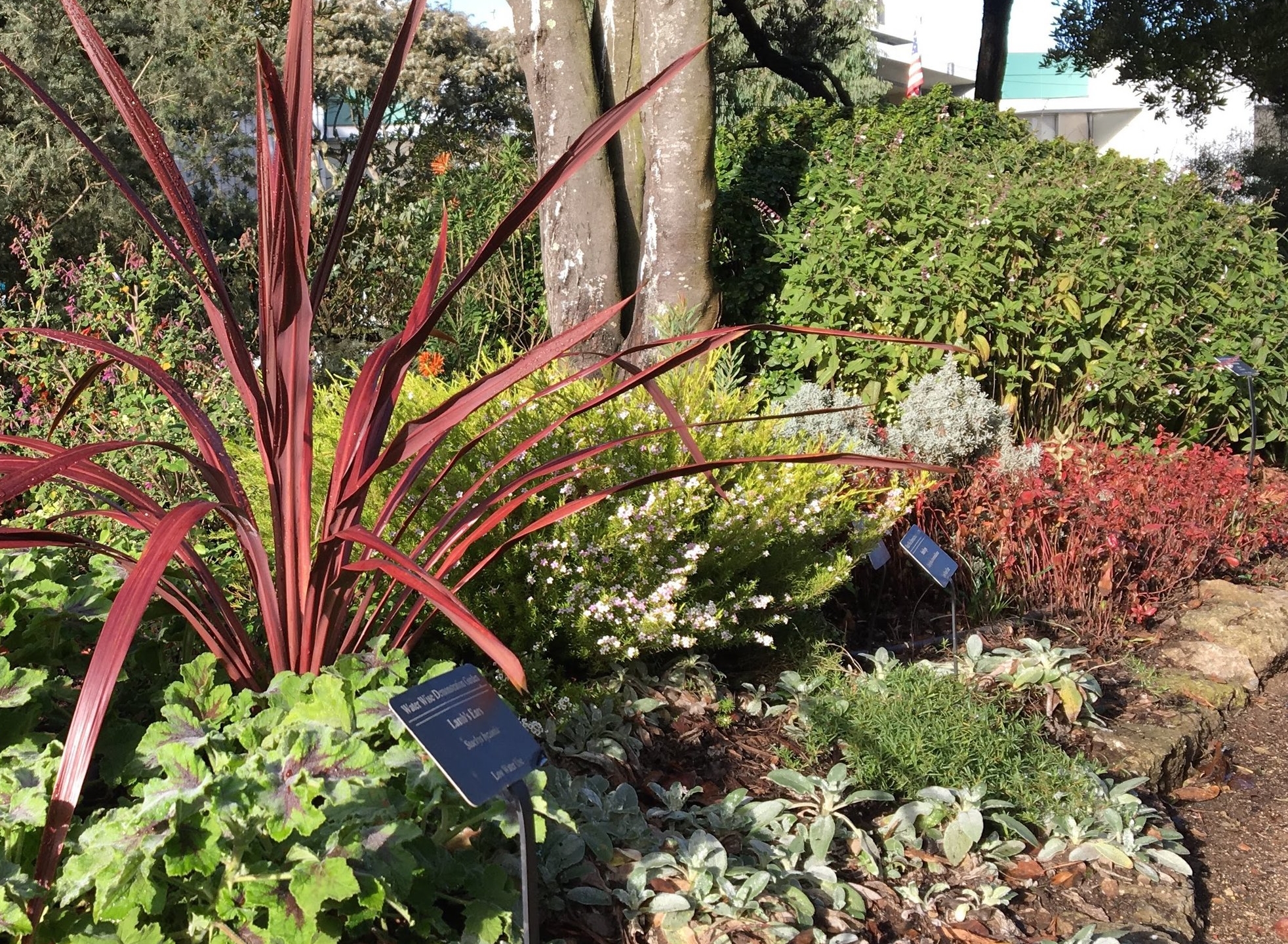New Look for the Water-Wise Garden
/February arrived in a blizzard of plum blossoms, the fruit of a warm and dry January. After deluges in December, the warm weather in January brought smiles to sunbathers and worried frowns to gardeners. Irrigation timers, turned off for the rainy season, were hastily re-booted. Rain brought relief at the end of the month. But for how long?
Drought used to be an anomaly. When I first moved to California in the seventies, we were learning not to flush the toilet every time and to take short showers. But that was just for the duration; then things went back to normal. Normal at the time was virtually unrestricted, cheap water. Plenty for everyone, we thought.
Now, wet and dry years come and go, but drought is still the permanent model. California doesn’t have enough water for everything everyone wants to do with it, and the pressure is not going away any time soon. In the future, people will look back at us and wonder at the way we irrigate our gardens and landscapes with perfectly good drinking water.
Graywater irrigating a California gray rush.
As environmentally responsible gardeners, one of the most important advocacies we can engage in is to create change in the predominant garden aesthetic. The thirsty lawns, clipped hedges, Japanese maples, rhododendrons, roses and annual beds which defined a beautiful California garden since the dam-building era cannot define beauty for the future. Perhaps in a public park or a garden museum like the Arboretum these gardens can be remembered. But we cannot have this landscape in every back yard any more than we can drive cars that get 8 miles to the gallon, or bring home sixteen disposable plastic bags home from the grocery store every time.
Please don’t think that cactuses and rubber plants are our only other choices. There are many beautiful plants which need little or no summer water. Names like lion’s tail, rock rose, bee’s bliss, harlequin flower, and mirror plant conjure beautiful surprises. Whatever your garden aesthetic - lush or flowery or dramatic or tropical or neat - there is a summer-dry plant for your purpose, from the tiniest ground cover to the towering cypress.
Lion’s tail.
Creating many beautiful effects with summer-dry plants and giving people opportunities to learn about them and fall in love with them is one of our goals here at GFE.
That’s why next time you stop by the garden, you’ll see something new. Now, many of our beloved, gorgeous summer-dry plants are labeled! Soon we will have more complete and professional- looking signs courtesy of the SFPUC, but for now, you will see the plants in the Water-Wise Demonstration Area at the south end of the garden labeled with their botanical names.
Water-wise garden identification signs.
Hopefully this will help gardeners, whether they are planting in a school garden, a community garden, a median strip, or their own backyards. If we learn to love and choose plants that don’t need much irrigation for most of our planted spaces, we can save our precious water to grow food and save wild rivers.
Many, many thanks to Marc and Pilar, the dedicated Get Up! graduates who turned our ID project from a dream to a reality!






